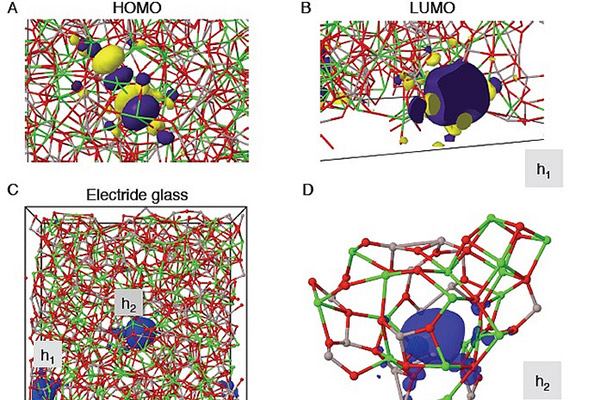When considering the transformative power of architecture, we often overlook the magic of materials used. Yet, it’s the metamorphosis of metals that often gives birth to architectural marvels. In this realm, the raw power of metal transcends into architectural alchemy.
Turning Iron into Icons
Iron, the world’s most commonly used metal, has played a vital role in shaping our built environment. From the skeletal Eiffel Tower to New York’s iconic Flatiron Building, iron’s versatility and durability have been proven over centuries.
Famously, the Eiffel Tower demonstrates how a surface grinder, a tool crucial in the manufacture and treatment of metal parts, can lead to precision in metalworking. Consequently, this results in strong, precise, and intricate structures.
Stainless Steel: Shaping the Skyline
Transitioning to the 20th century, architects found a new favorite – stainless steel. These gleaming towers of steel now define our urban landscapes. The Chrysler Building’s Art Deco spire, for instance, stands as a testament to the material’s resilience and aesthetic allure.
A favorite among architects for its resistance to corrosion and staining, stainless steel offers a gleaming finish that reflects our cities’ dynamic nature. It’s this combination of durability and aesthetics that make it a go-to for constructing everything from towering skyscrapers to intricate sculptures.
Titanium Triumphs
In more recent years, titanium has emerged as a favored material among forward-thinking architects. Its remarkable strength and lightweight nature make it perfect for creating striking forms and gravity-defying structures.
A pinnacle example of titanium’s transformative potential is Frank Gehry’s Guggenheim Museum in Bilbao. The museum, with its flowing, fish-scale-like façade, became an international icon almost overnight. This embodiment of architectural alchemy shows how the manipulation of metal can create spellbinding structures.
Recycled Metals: Towards a Sustainable Future
While the aesthetic and functional attributes of metal are beyond question, its environmental impact cannot be overlooked. Architects worldwide are now exploring the potential of recycled metals as a sustainable alternative.
Among such green initiatives, computer recycling presents a wealth of opportunities. By giving second life to electronic waste, we can not only preserve our environment but also continue to create awe-inspiring architectural structures.
Digital Alchemy: The Role of Tech
On the frontiers of architectural alchemy, technology is accelerating the transformation of metal into architectural marvels. Advanced software programs and high-precision machinery facilitate the creation of increasingly complex, innovative, and sustainable structures.
Digital advancements extend beyond design and fabrication. As we highlighted in our article on the evolution of gaming from arcades to virtual reality, technology impacts every aspect of our lives. Similarly, in architecture, technology influences how we envision, create, and experience spaces.
In the end, the transformation of metal into architectural masterpieces is nothing short of alchemy. But remember, it’s not just about the material. It’s also about the vision of architects, the skill of builders, and the wonders of technology that bring these metallic marvels to life.




